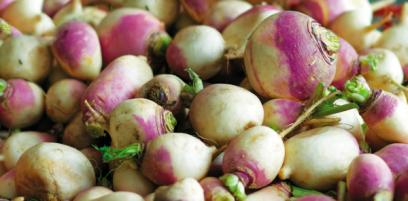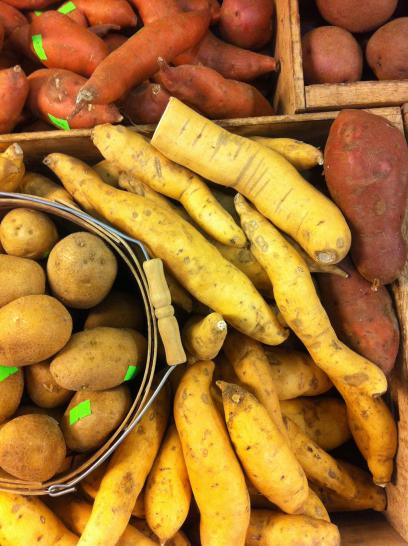If you find fall root vegetables unfamiliar and baffling, you’re not alone. Turnips and rutabagas are often big and unwieldy; they’re hard and seem to need forever to cook. Celery root can be shaggy, dirty, and mottled green. And sunchokes look like — well, like nothing else in the market. They’re knobby and woody on the outside, like bloated ginger root. Once you get past their looks, however, there is plenty of delicious local flavor to be unlocked in these fall vegetables.
Rutabagas and turnips are like siblings who are constantly being mistaken for one another. In fact, what Americans call a rutabaga or a Swede (to the great amusement of the rest of Scandinavia) is called a turnip in some other English-speaking countries.



